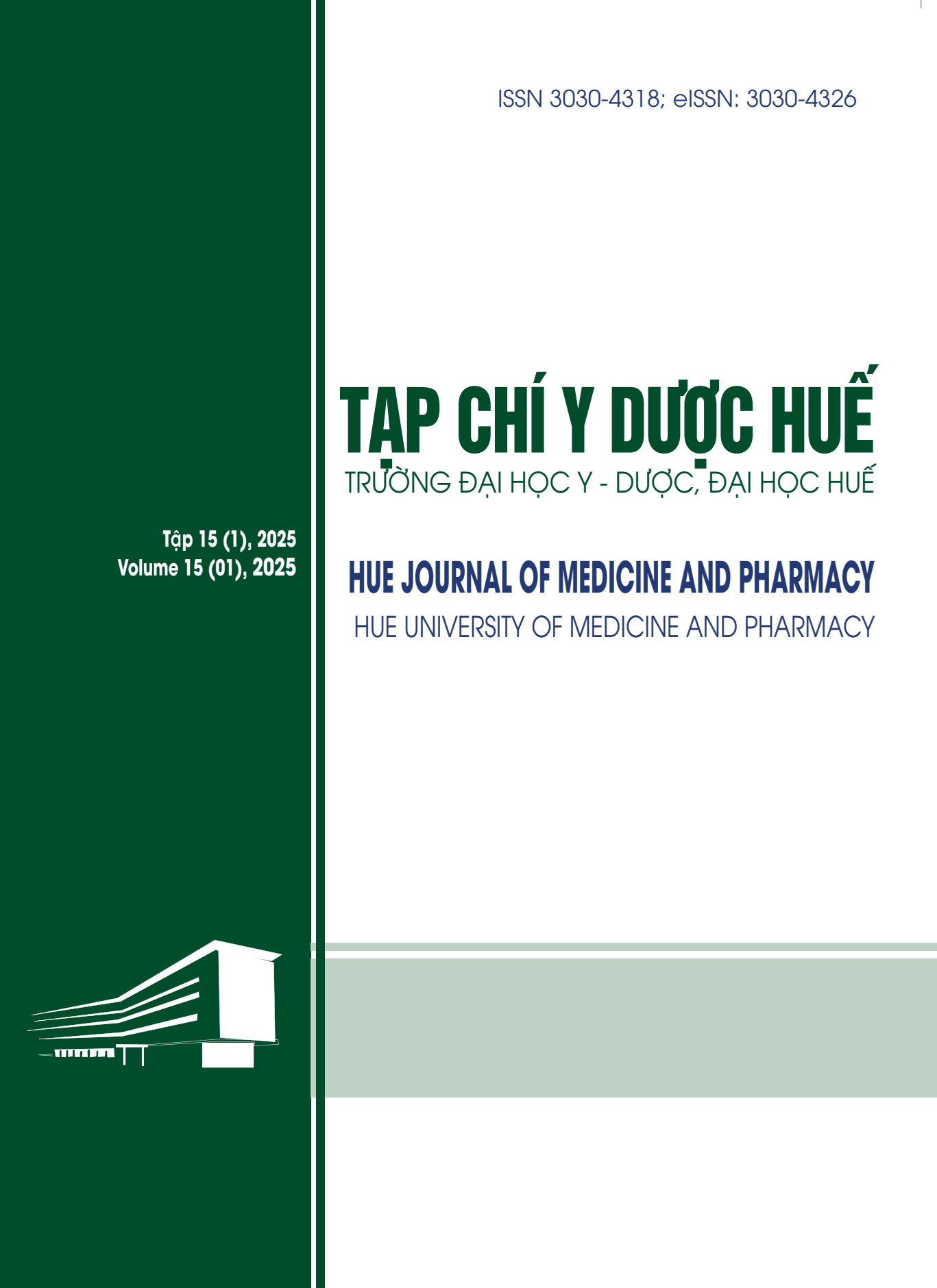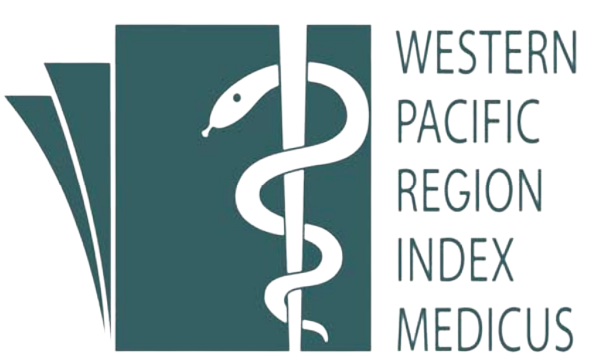Abstract
Background: In the early stage, joint space is unclear narrow, it’s difficult to determine knee arthritis. Study of characteristics of magnetic resonance imaing in knee arthritis in oder to combine with Xray in dignosis knee arthritis.
Purpose: assessment of knee lesion on magnetic resonance imaing, to analyse the diagnosis value of cartilage degeneration as compare with arthroscopy.
Objects and methods: 30 patients with varus knee arthritis in Kellgren-Lawrence stage II, III, IV. MRI 1.5T and arthroscopy were performed after. Radiographs were classified according to Kellgren-Lawrence scale. MRI is classified according to Vallotton, and arthroscopic rading according to Outerbridge.
Result: on MRI: knee effusion is 96.66%, bone marrow edema in medial femoral condyle is 83.33%, medial tibia plateau is 60%, medial meniscus tear is 93.33%. Cartilage lesion in medial femoral condyle is 100%. Sensitivity of 83.52% and a specificity of 63.91% for the detection of femoral chondral lession.
Conclusion: In varus knee osteoarthritis, MRI 1.5 T identifies all lesions inside knee. We suggest that MRI is applied in identifying a group of patients who have degenerative joint disease, especially in early-stage knee osteoarthritis. Combination between clinical examination, weight-bearing plain Xray and MRI will detect the whole lesions in varus knee osteoarthritis.
| Published | 2025-04-24 | |
| Fulltext |
|
|
| Language |
|
|
| Issue | Vol. 15 No. 1 (2025) | |
| Section | Original Articles | |
| DOI | 10.34071/jmp.2025.1.5 | |
| Keywords | cộng hưởng từ, thoái hóa vẹo trong khớp gối magnetic resonance imaing, varus knee arthritis |

This work is licensed under a Creative Commons Attribution-NonCommercial-NoDerivatives 4.0 International License.
Copyright (c) 2025 Hue Journal of Medicine and Pharmacy
TÀI LIỆU THAM KHẢO
Allen K.D., Thoma L.M. Golightly Y.M. Epidemiology of osteoarthritis. Osteoarthritis and Cartilage 2022; 30:184-195.
Wright RW, Boyce RH, Michener T, Shyr Y, McCarty EC, Spindler KP. Radiographs are not useful in detecting arthroscopically confirmed mild chondral damage. Clin Orthop Relat Res 2006; 442:245-251.
Samuel Newman , Huzefah Ahmed, Nader Rehmatullah. Radiographic vs. MRI vs. arthroscopic assessment and grading of knee osteoarthritis - are we using appropriate imaging?. Jounal of Experimental Orthopeadics 2022 Mar; 9(1):2.
Marcelo Bordalo Rodrigues, Gilbertl Luis Camanho. MRI evaluation of knee cartilage. Rev Bra Ortho 2010; 45(4):340-6.
Vallotton J.A, Meuli R.A, Leyvraz P.F, Landry M. Comparison between magnetic resonance imaging and arthroscopy in the diagnosis of patellar cartilage lesions: a prospective study. Knee Surg Sports Traumatol Arthrosc 1995; 3:157-162.
Outerbridge R.E, Dunlop J.A. The problem of chondromalacia patellae. Clin Orthop Relat Res 1975; 110:177- 196.
Eckstein F., Cicuttini F., Raynauld J.-P. Magnetic resonance imaging (MRI) of articular cartilage in knee osteoarthritis (OA): morphological assessment. Osteo Arthritis and Cartilage 2006; 14: 46-75.
Bùi Hải Bình. Nghiên cứu điều trị bệnh thoái hóa khớp gối nguyên phát bằng liệu pháp huyết tương giàu tiểu cầu tự thân. Luận án tiến sỹ y học. Trường đại học Y Hà Nội 2016.
Galea A, Giu re B, Dimmick S, Coolican M, Parker D. The accuracy of magnetic resonance imaging scanning and its in uence on management decisions in knee surgery. Arthroscopy 2009; 25:473-480.
Nuria Munoz-Garcia, José Cordero-Ampuero. Diagnostic Accuracy of Magnetic Resonance Images and Weight-Bearing Radiographs in Patients with Arthroscopic-Proven Medial Osteoarthritis of the Knee. Clinical Medicine Insights: Arthritis and Musculoskeletal Disorders 2020; Volume 13:1–9.






